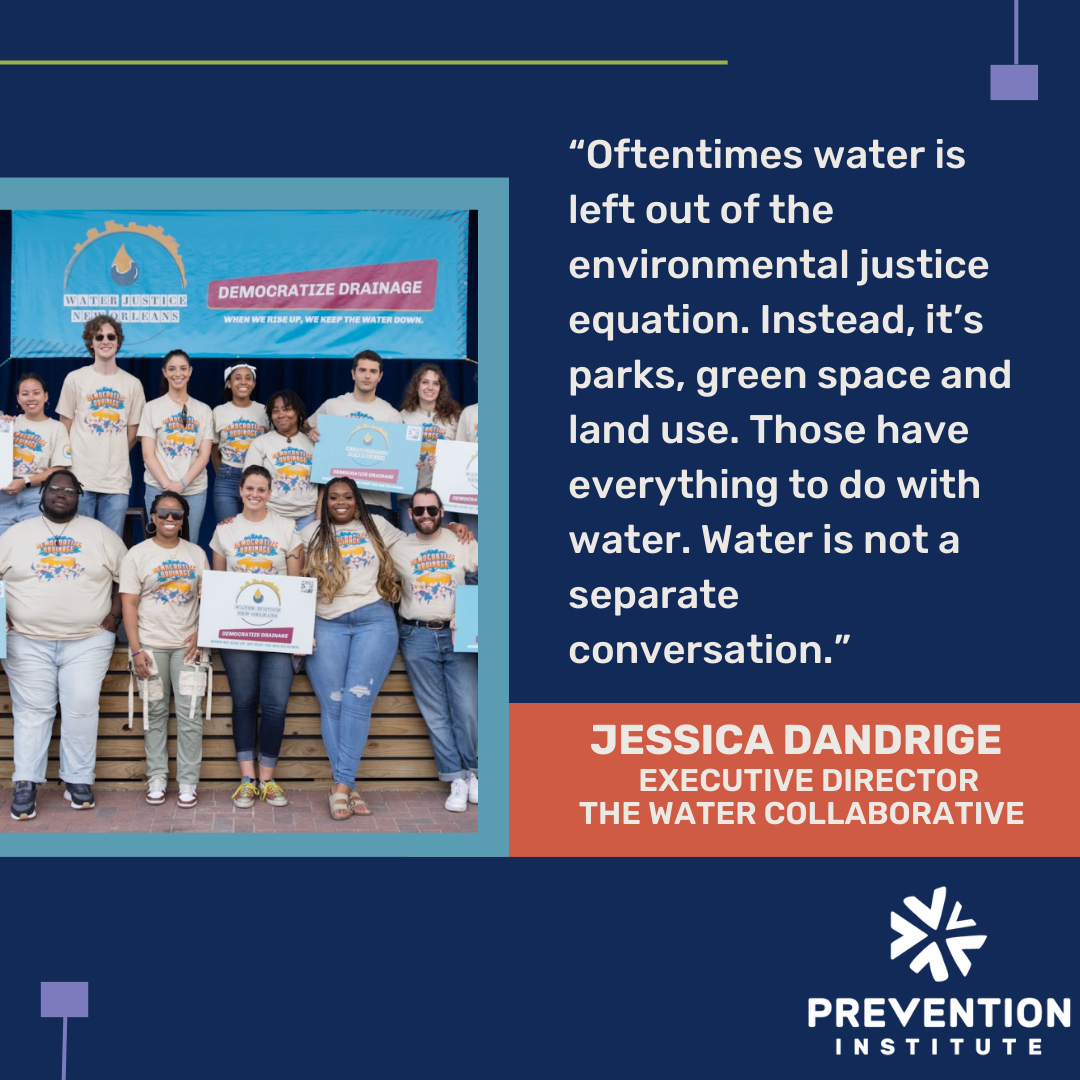When residents have a say over and full access to the parks and green spaces in their neighborhoods, the community thrives. But unjust and inequitable systems have kept Black, brown and Indigenous communities across the country locked out of these health-promoting resources. That’s why Prevention Institute launched the People, Parks and Power Initiative (P3), funding 14 community-led organizations to build community power and advocate for park and green space equity to make their communities healthier and safer. Prevention Institute needed other funders, community-based organizations and conservation groups to understand that parks and green spaces are essential community infrastructure. They partnered with Spitfire to make that happen.
Our work fell into three buckets: documenting local partners’ work through stories and social media graphics to serve as an example for other funders and nonprofits; ensuring that Prevention Institute had strong, strategic foundational messaging; and communicating with priority audiences about P3’s work through media engagement.
We interviewed all 14 local partners to capture the story of their P3 efforts. We turned those 14 interviews into
a series of case studies and corresponding graphics, synthesizing complex, nuanced details into vivid snapshotsof local partners’ work. We wove together themes of health equity, racial justice, environmental health and climate justice throughout these case studies to highlight the importance of parks and green spaces. Simultaneously, we worked closely with key spokespeople to get the word about park and green space equity in front of key audiences: funders and nonprofits. Spitfire worked with the organization’s spokespeople to draft and place an op-ed in Non-Profit Quarterly called “What is Park Equity?,” which led to an interview with Yes! Magazine, reaching both audiences in one fell swoop. Pulling from messaging we included in the case studies and op-eds, we developed key messages to support P3’s work.
